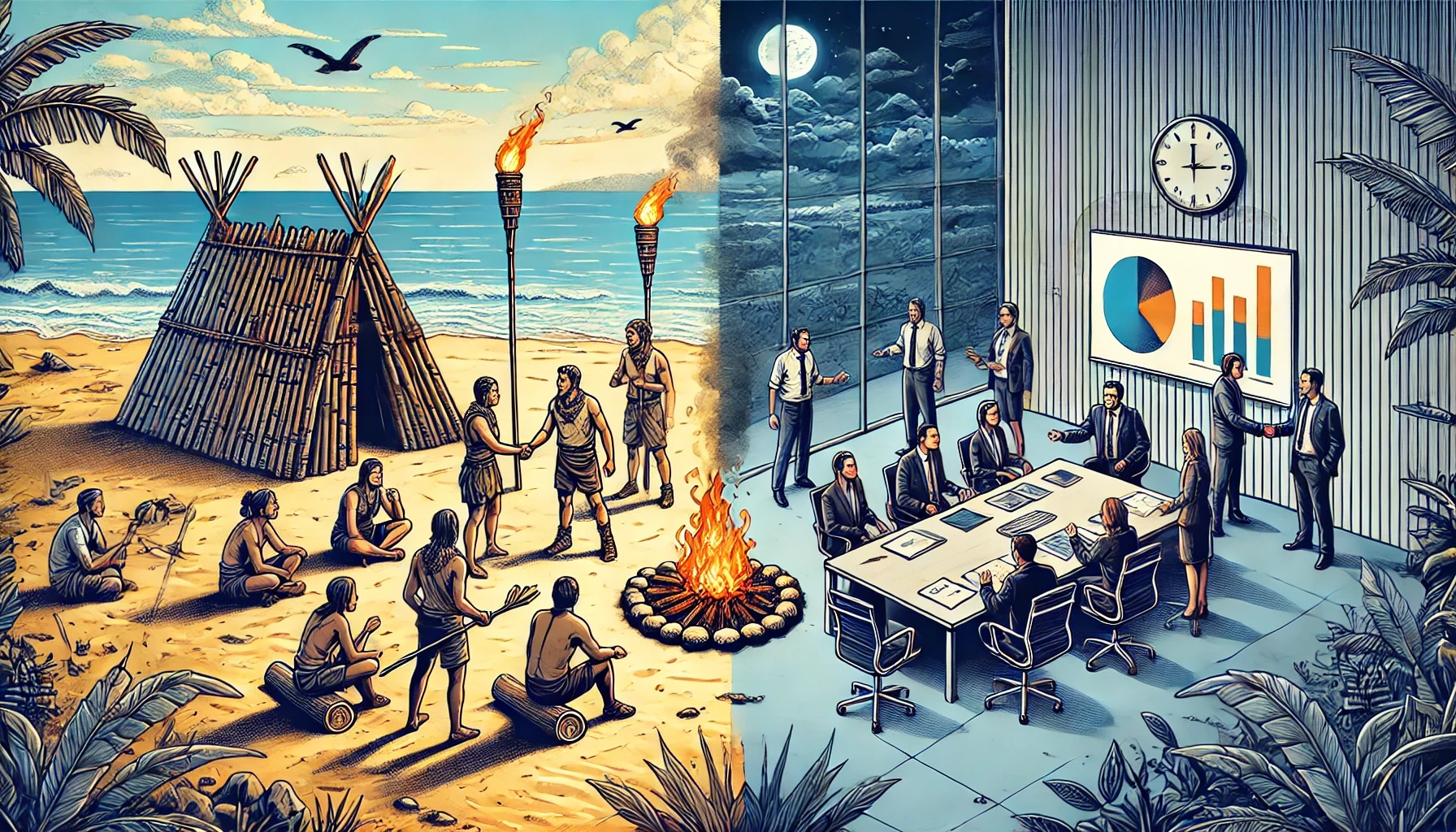Master Jeff Bezos's counterintuitive approach to business strategy that transforms calculated failures into extraordinary wins Taking bold swings in business requires the courage to fail repeatedly while aiming for transformational wins Imagine being told that the key to extraordinary business success is being wrong 90% of the time. It sounds absurd, doesn't it? Yet this counterintuitive philosophy has driven some of the most successful companies and leaders of our era, from Amazon's dominance in cloud...
From Baseball to Billions: How Smart Leaders Turn 90% Failure Rates Into Massive Success
🤖
AI-Assisted Research This article was created with AI assistance

